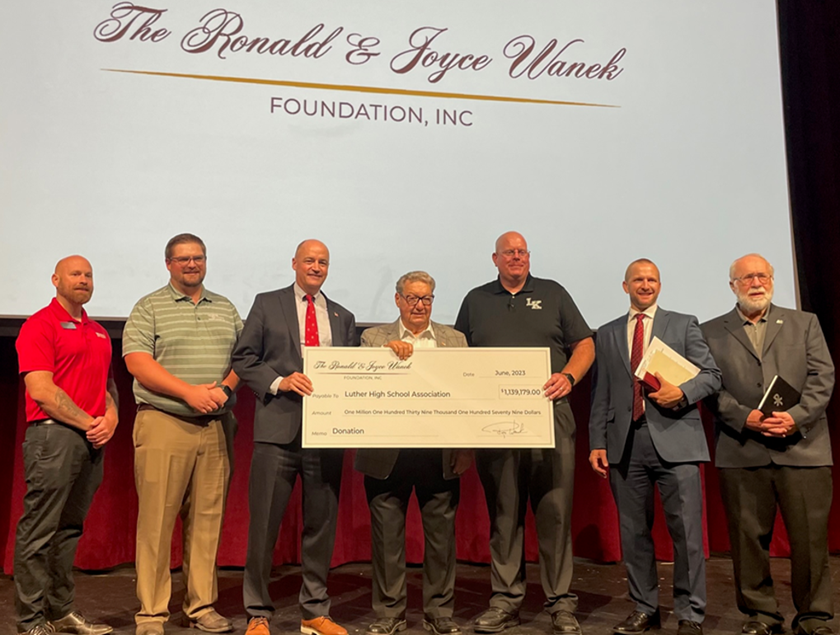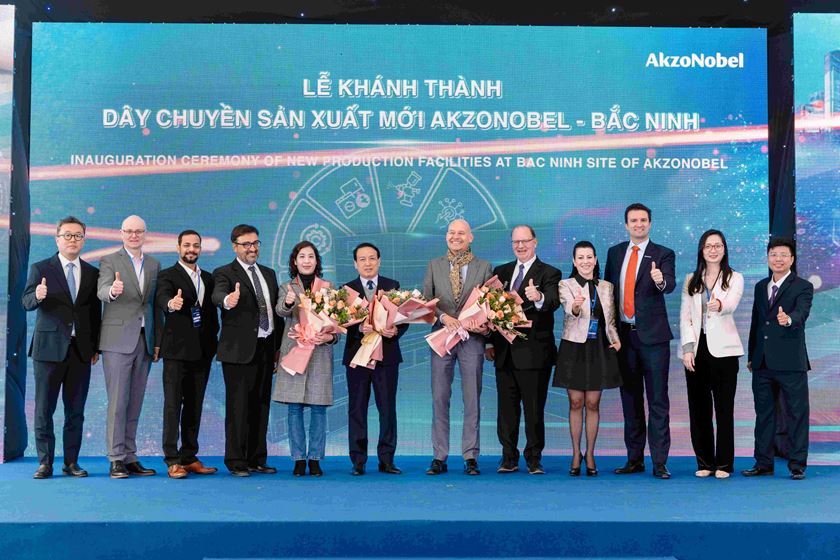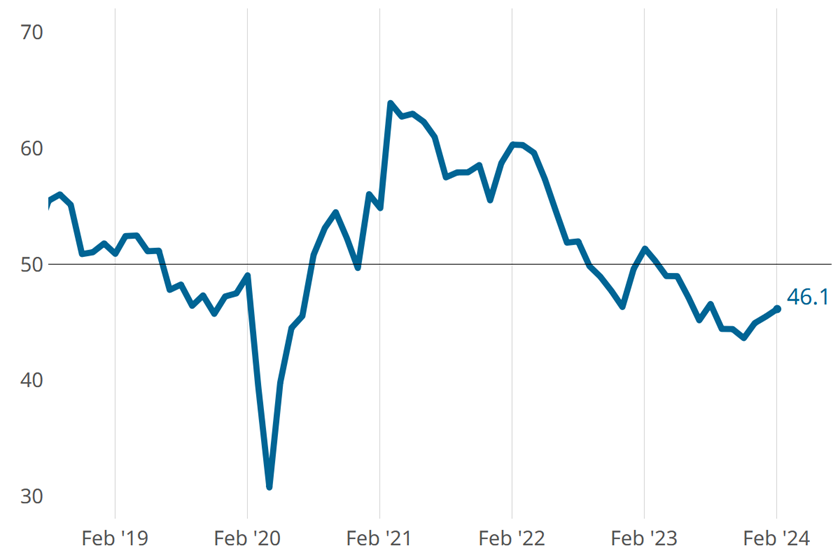Chromic Acid Anodize Failing Salt Spray Testing
We are performing salt spray testing on 2024 and 7075 alloy test panels that have been Type I (Chromic Acid) anodized. The test panels have been sealed in DI water at 96°C (205°F) for 25 min. The panels fail the salt spray test within 24 hr.
Q. We are performing salt spray testing on 2024 and 7075 alloy test panels that have been Type I (Chromic Acid) anodized. The test panels have been sealed in DI water at 96°C (205°F) for 25 min. The panels fail the salt spray test within 24 hr. We observed black corrosion over the entire test panel specimens. Could you advise us on what things we can try in order to solve this problem? P.
A. It sounds like you are having more problems than just sealing. Many times, a well anodized but poorly sealed part will hold up under testing for as long as seven days. If there is not enough anodic coating and a poor seal, parts are likely to catastrophically fail in the first 24 hours or so, of testing. There are several processing conditions to be aware of and follow when doing chromic acid anodizing. In my experience, they must be strictly followed in order to pass salt spray testing consistently. Here they are:
- DI water used to make up the anodizing bath and sealing bath must be high quality—defined as water with a specific resistance of 200,000 Ohms minimum. This is a specific conductance of 5 micro-Siemens or lower.
- Anode : cathode area ratio should be at least 10:1. This usually means that the cathode area must be masked because the mild steel tank is usually used as the cathode. If you have a “drop-in” cathode, calculate your average load size in sq m and make the cathode no more than 1/10 the size of the average load.
- Ratio of hex-chrome to trivalent chrome should be about 2:1 or whatever the specification you are using calls for in its guidelines. Ratio of hex chrome to total chrome is important.
- Drag-in of other bath solutions must be kept to a minimum. A good way to do this is to rinse in clean DI water just before going into the anodizing tank.
- Anodizing voltage, time and bath temperature are important and will vary according to the alloy being processed. In order to get a seal good enough to pass salt spray testing, the minimum anodic coating weight should be greater than 200 mg/sq ft.
- Anodize 2024 alloy parts at 40 V for 45–55 min in order to get enough coating thickness and weight. Other alloys, including 7075, may be anodized at 22 V for 45–55 min. An anodizing bath temperature of 93–98°F (33–37°C) seems to be the optimum temperature range to use. A 5–10 min ramp time is effective.
- Output voltage of the rectifier must be filtered to 5% or less across the entire output range. This is important. Ripple should be measured from time to time as the filter may degrade over time.
- Check the coating weight on several test panels of 2024, 7075 and others and you should be able to set up a relationship between coating weight and thickness, enabling you to extrapolate weight simply by testing thickness. Use this as a quick evaluation only.
- Seal at 98°C in a dilute potassium dichromate bath (0.01 g/l) for 30 min. The hotter the better. Seal bath DI water must be clean and of high quality.
- Chloride and sulfate limits in the anodizing bath should be kept below 200 mg/L. If either is higher than this you should think about dumping, or at least decanting, the tank.
I believe the above conditions will get good results.
RELATED CONTENT
-
Anodizing for Bonding Applications in Aerospace
Anodizing for pre-prep bonding bridges the gap between metallic and composite worlds, as it provides a superior surface in many applications on aluminum components for bonding to these composites.
-
Aluminum Surface Finishing Corrosion Causes and Troubleshooting
In this paper, a review of several process solutions, examining coolants, solvent cleaning, alkaline clean/etch and deoxidizing/desmutting, listing intended and unintended chemical reactions along with possible mechanisms that would favor corrosion formation.
-
Deoxidizing Aluminum as a Pretreatment
This important first step can help prepare the metal for subsequent surface finishing.
















